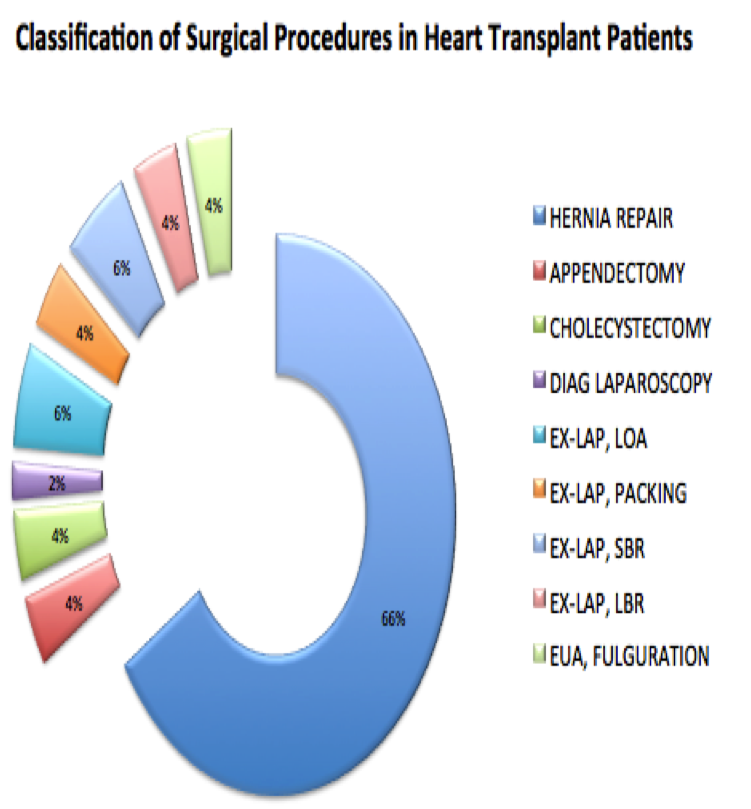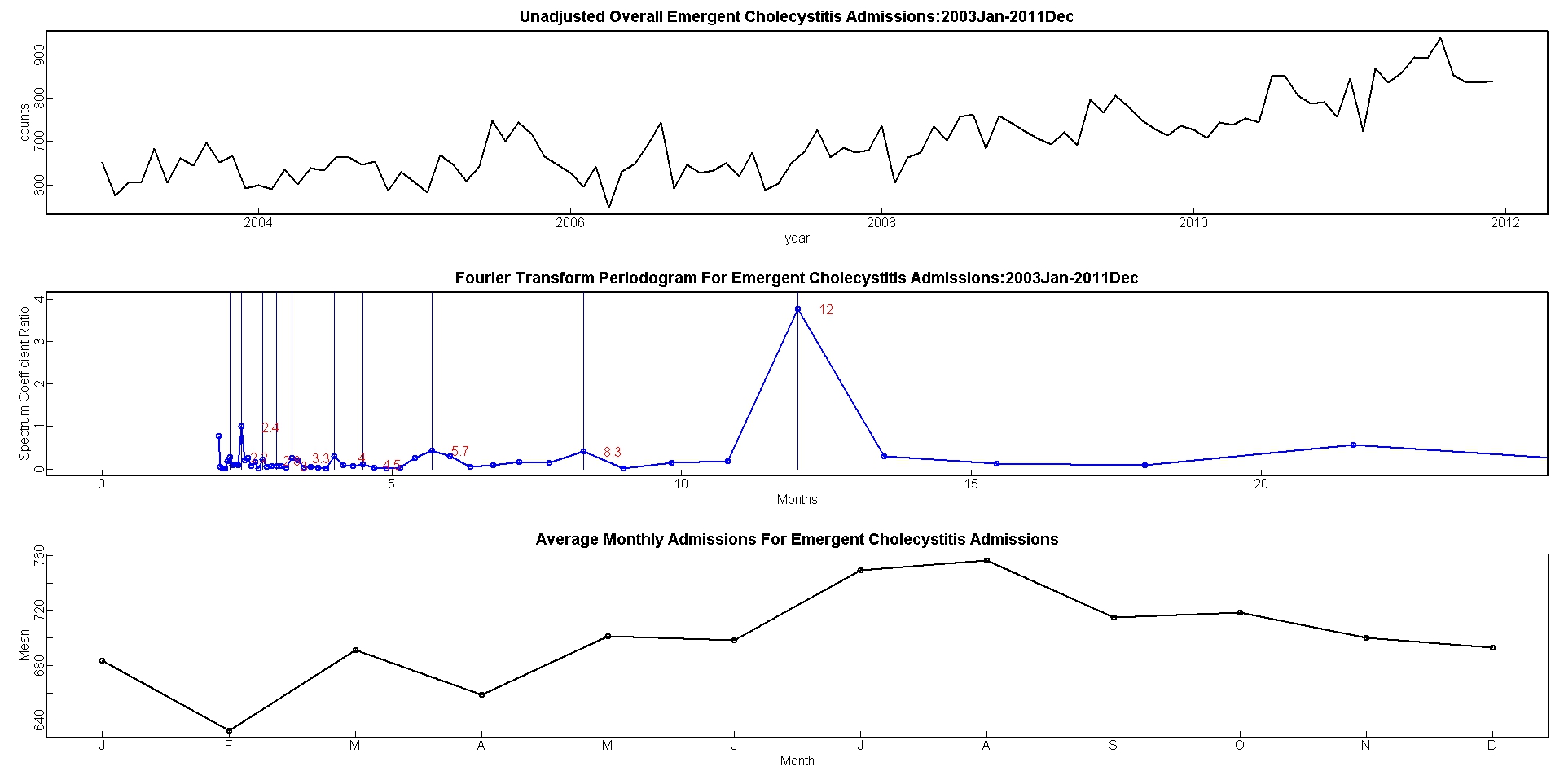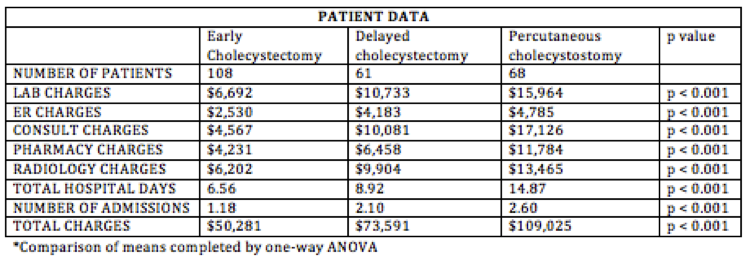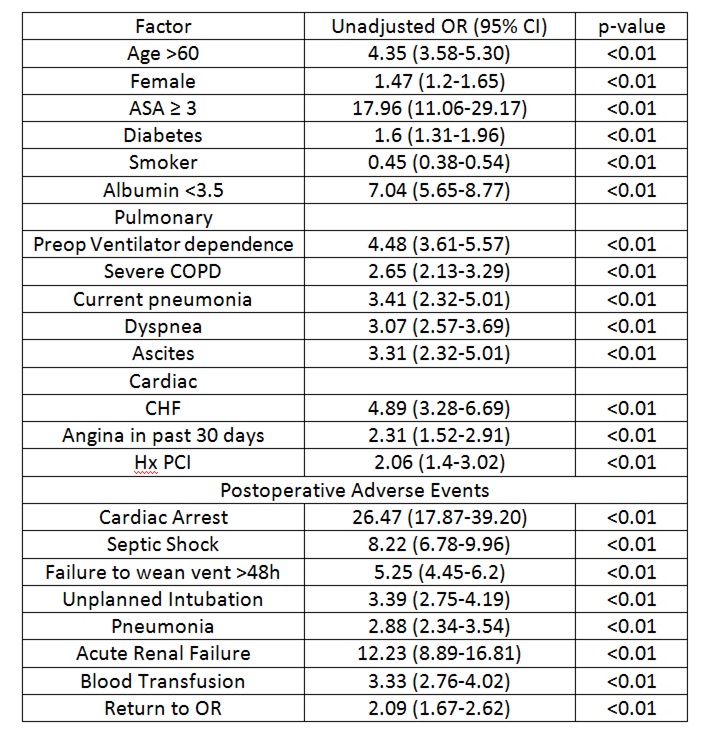J. S. Kendall1, G. Ortega1,2, K. Williams1, K. Hughes1, E. E. Cornwell1, T. M. Fullum1, D. D. Tran1 1Howard University College Of Medicine,Washington, DC, USA 2Johns Hopkins University School Of Medicine,Baltimore, MD, USA
Introduction: African Americans have the highest incidence of obesity compared to other groups, and some have benefitted greatly from weight loss operations. Unfortunately there has also been an increase in the need for revisional surgeries due to unsatisfactory weight loss or weight regain. We report the short term outcomes of revisional bariatric surgeries in African Americans at a tertiary academic medical center.
Methods: We conducted a retrospective study of eligible subjects identified at Howard University Hospital. Patients included were those who underwent revisional bariatric surgery over a 5 year period from August 2008 to July 2013. Data on the patients’ demographics, body mass index (BMI), and comorbid conditions were recorded prior to the surgery and at 1, 6, and 12 months post-surgery.
Results: 364 patients underwent bariatric surgeries during the time frame of the study. 77 (21%) of the 364 were revisional bariatric surgeries. The original surgery was Roux En Y gastric bypass (RNY) in 74 (97%) patients, laparoscopic adjustable gastric banding (LGB) in 2 (3%) patients, and biliopancreatic diversion (BPD) in 1 (1%) patient. The mean pre-op BMI before the original procedure was 54.3 kg/m2, and the mean nadir bmi was 33.4 kg/m2. The mean revisional pre-op BMI was 42.1 kg/m2 and the mean BMI 12 months post-revision was 34.8 kg/m2. Average percent excess weight loss (%EWL) was 32.1% 12 months post-revisional surgery. Paired sample t-test comparing the means of the nadir BMI after the original surgery to the BMI 12 months post-revisional surgery showed no statistical difference (p>0.05). 7 (9%) patients developed post-operative complications. 2 (3%) patients showed post-operative bleeding but only one required a transfusion. 2 (3%) patients developed an incisional hernia through the revisional surgery incision, needing reparative surgery. 1 (1%) patient developed a small bowel obstruction. 1 (1%) patient developed a gastrojejunal stricture needing repair, and 1 (1%) patient developed sepsis from a staple line leak that was repaired. There were no mortalities.
Conclusion: Revision bariatric surgery produces similar results to the original procedure, and is feasible and safe for African Americans who have experienced weight regain or unsatisfactory weight loss after the original bariatric procedure.





